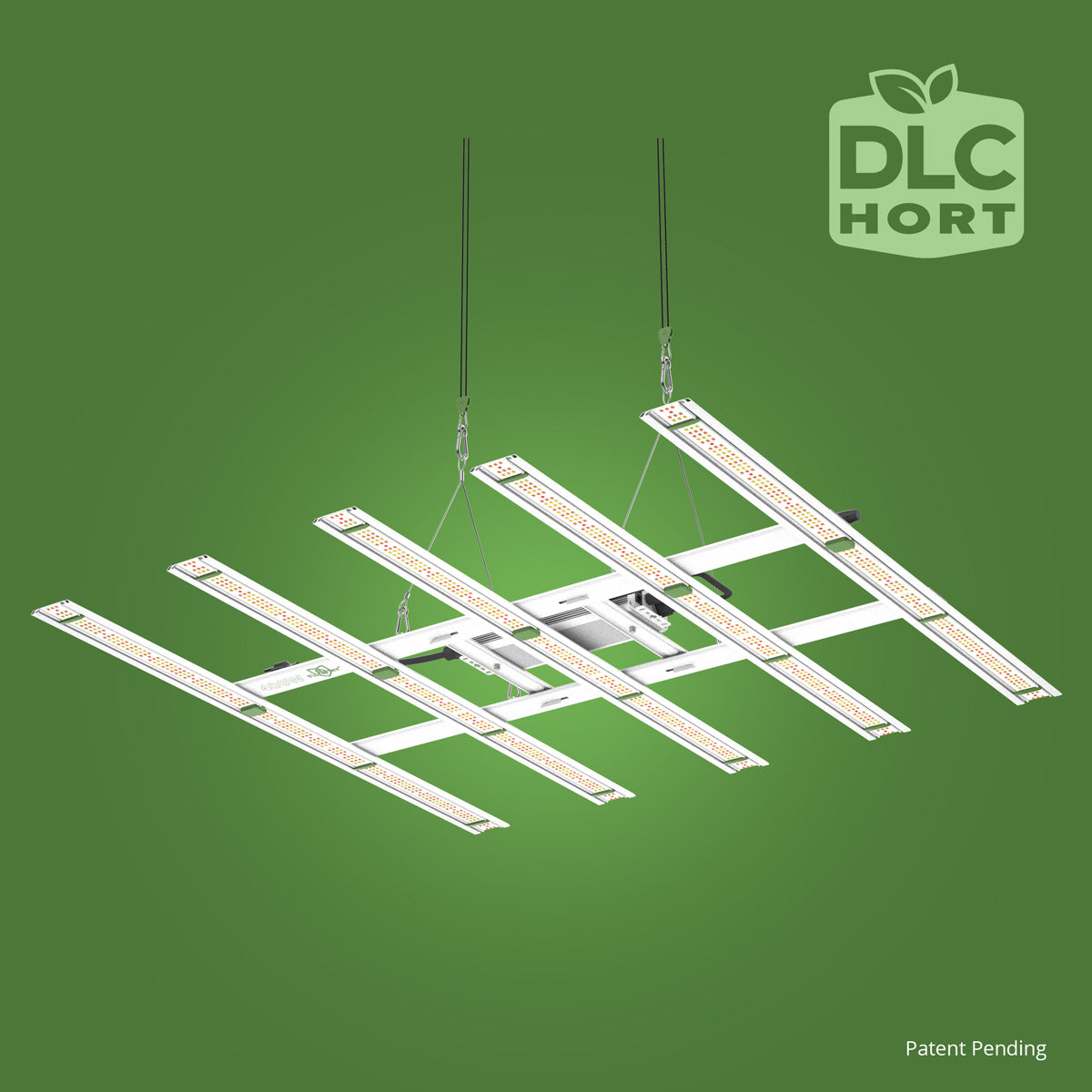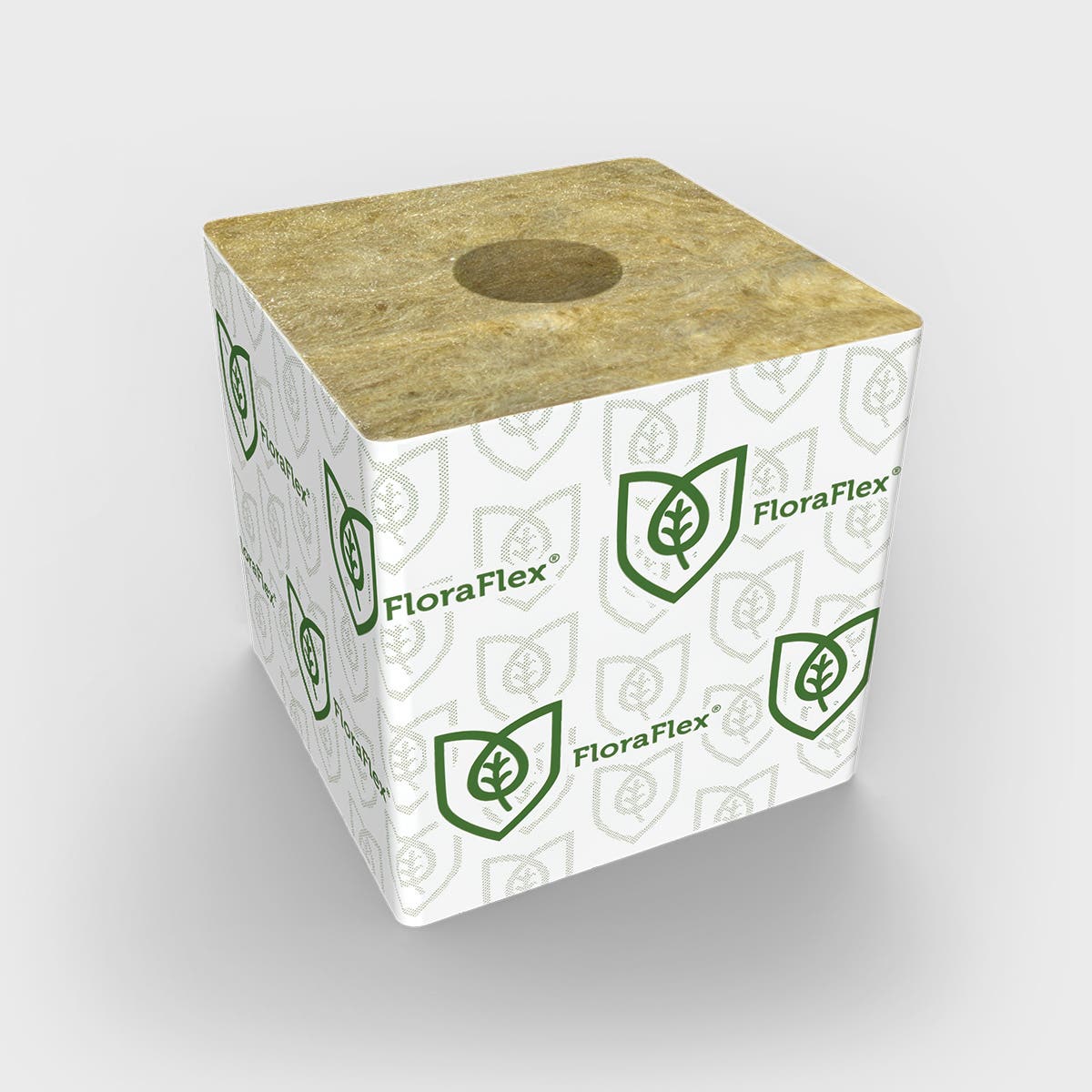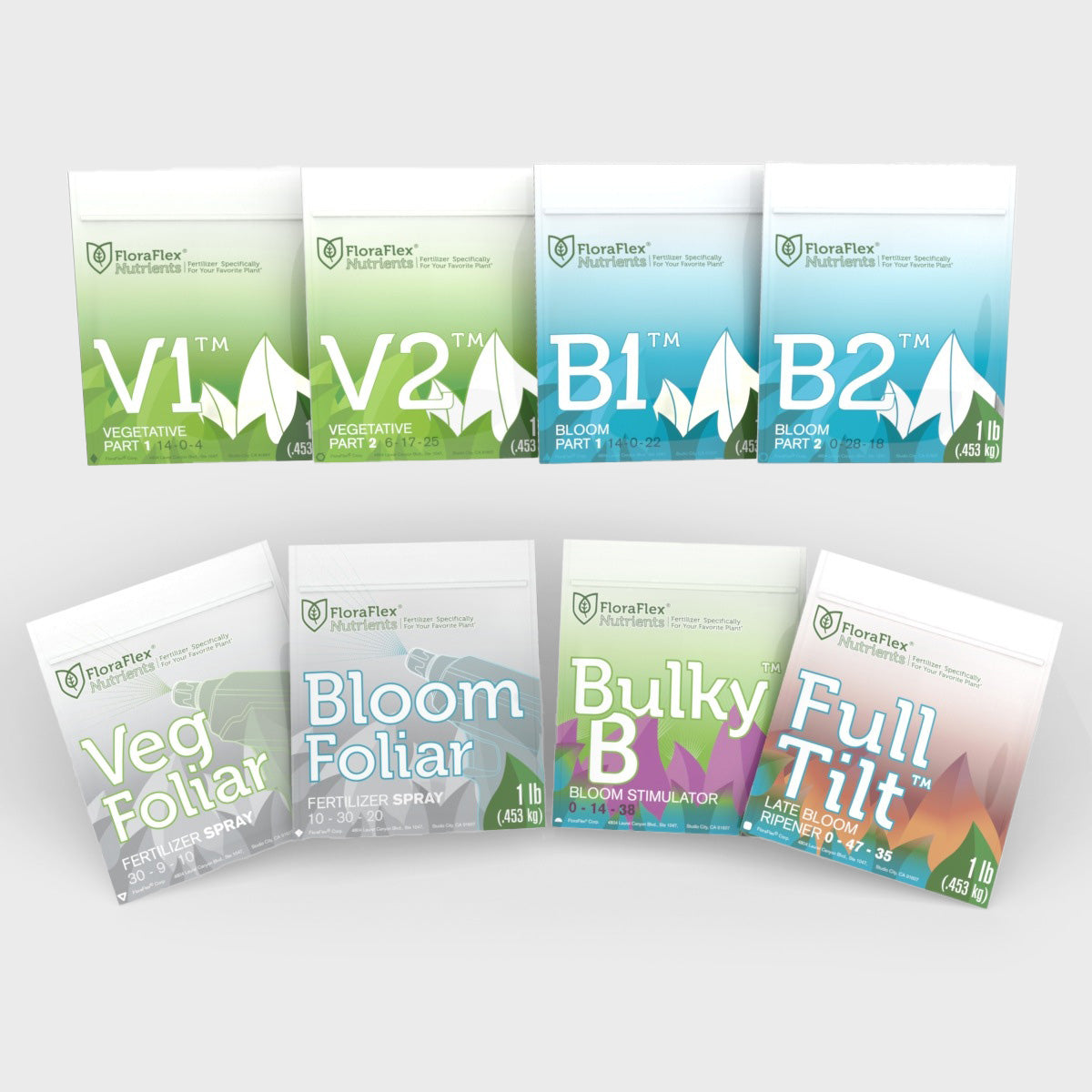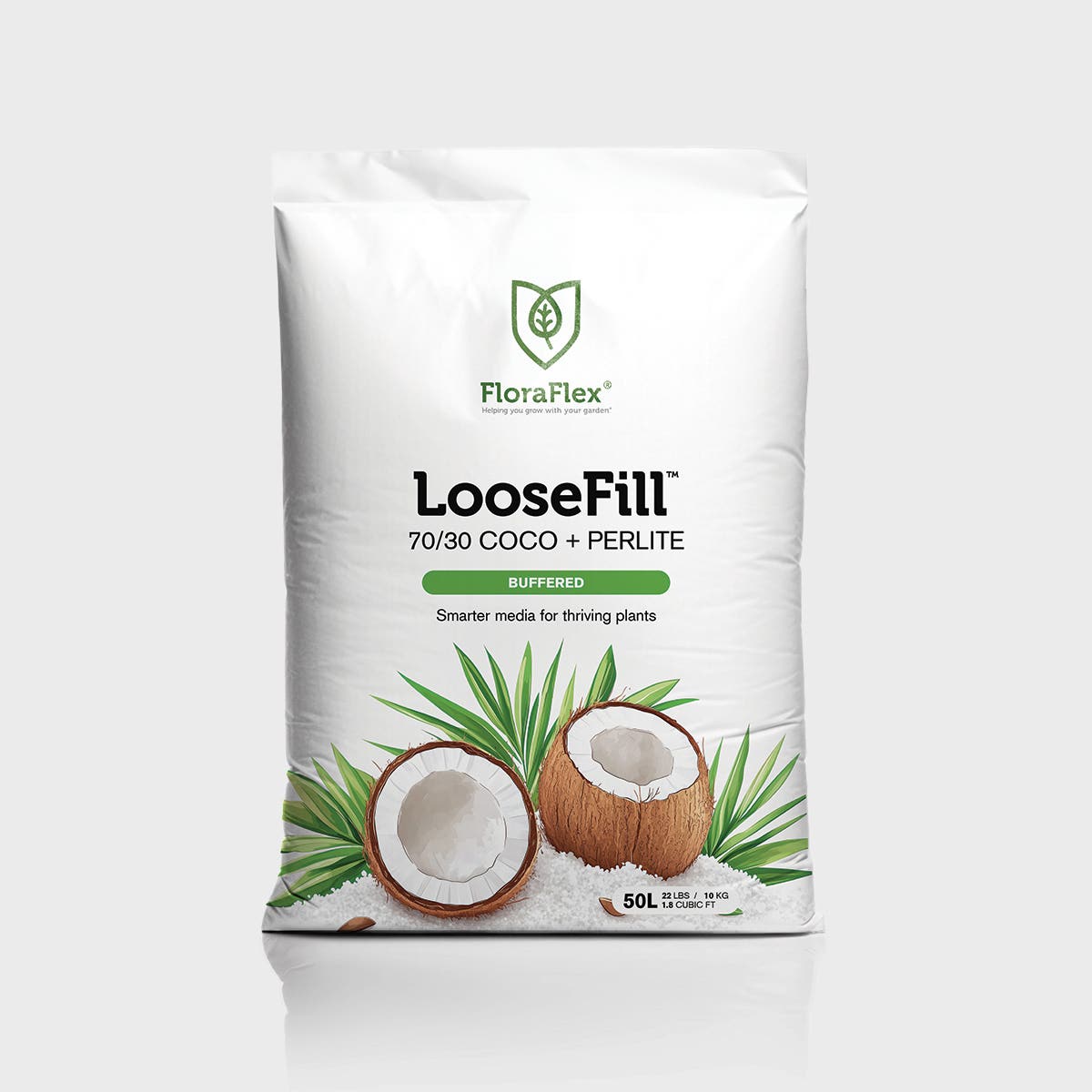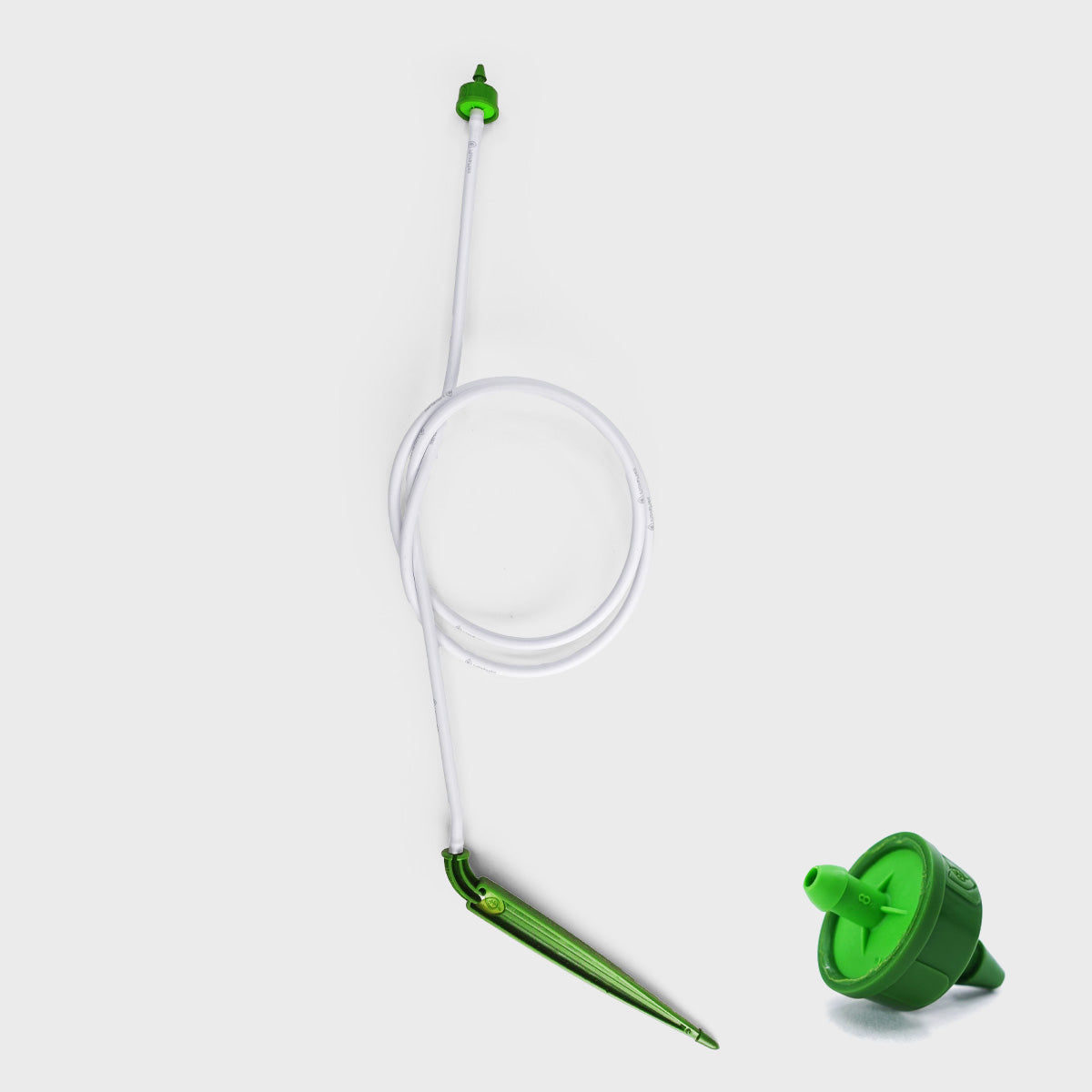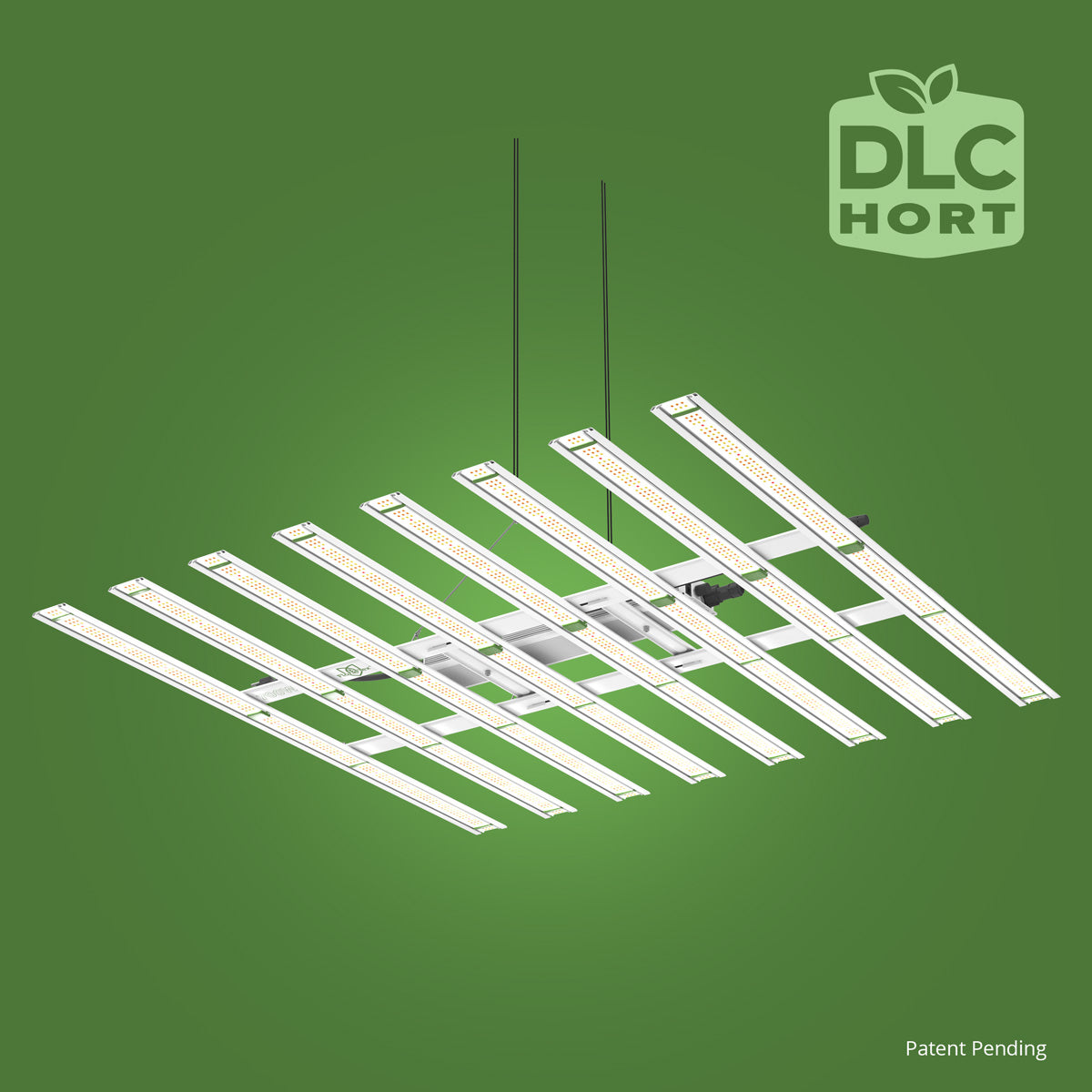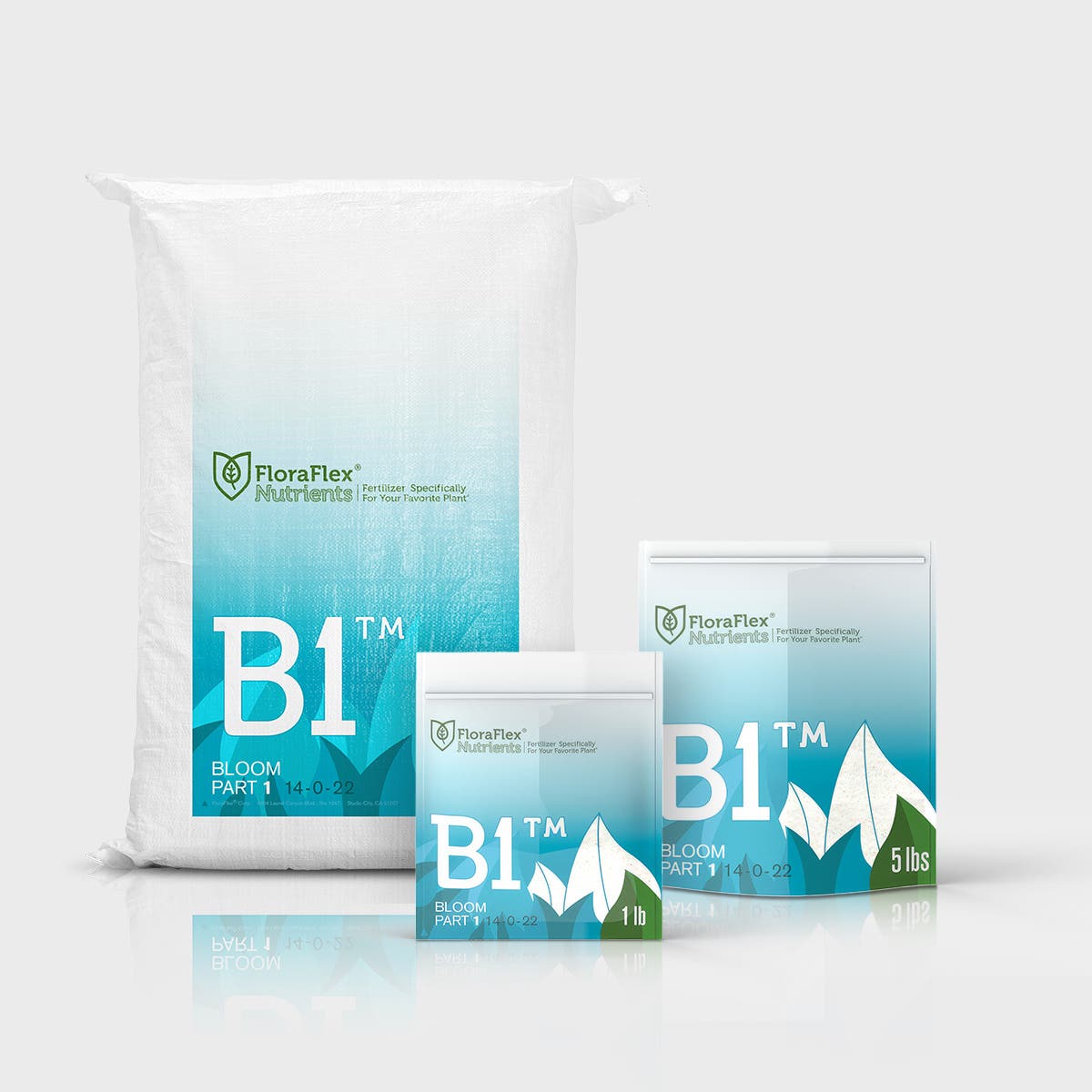Hydroponics, aeroponics, and aquaponics are three of the most popular methods of growing plants without soil. Each of these methods has its own unique characteristics, advantages, and disadvantages. In this blog post, we'll explore the differences between hydroponics, aeroponics, and aquaponics, and help you decide which method is right for you.
Hydroponics
Hydroponics is a soilless method of growing plants in which nutrients are delivered directly to the plant's roots through water. In hydroponics, plants are grown in a nutrient-rich solution that is continuously circulated to ensure that the plants receive all the nutrients they need. Hydroponics is a popular method of growing plants because it is highly efficient and allows for greater control over the growing environment.
One of the biggest advantages of hydroponics is that it allows you to grow plants in a smaller space. Because the plants are grown in a nutrient-rich solution, they do not need as much space to grow as they would if they were planted in soil. This makes hydroponics a great option for those who want to grow plants indoors or in small outdoor spaces.
Another advantage of hydroponics is that it is a highly efficient method of growing plants. Because the nutrients are delivered directly to the plant's roots, there is no wastage, and the plants can grow faster and produce higher yields than they would in soil.
However, hydroponics also has some disadvantages. One of the biggest disadvantages of hydroponics is that it can be expensive to set up. You need to purchase special equipment, such as pumps, nutrient solutions, and grow lights, which can be costly. Additionally, because hydroponics requires a continuous supply of water and nutrients, it can be more difficult to maintain than other methods of growing plants.
Aeroponics
Aeroponics is a soilless method of growing plants in which the roots are suspended in the air and misted with a nutrient-rich solution. In aeroponics, the plants are grown in a closed container, which is fitted with a misting system that sprays the roots with water and nutrients. This method of growing plants is highly efficient and allows for greater control over the growing environment.
One of the biggest advantages of aeroponics is that it is a highly efficient method of growing plants. Because the roots are suspended in the air and misted with water and nutrients, they can grow faster and produce higher yields than they would in soil. Additionally, because the plants are grown in a closed container, there is less risk of pests and diseases, which makes aeroponics a great option for those who want to grow plants indoors.
However, aeroponics also has some disadvantages. One of the biggest disadvantages of aeroponics is that it can be expensive to set up. You need to purchase special equipment, such as misting systems and grow lights, which can be costly. Additionally, because aeroponics requires a continuous supply of water and nutrients, it can be more difficult to maintain than other methods of growing plants.
Aquaponics
Aquaponics is a soilless method of growing plants in which the nutrients come from fish waste. In aquaponics, fish are raised in a tank, and their waste is used to fertilize the plants. The plants, in turn, help to filter the water, which is then recirculated back to the fish tank. This method of growing plants is highly efficient and allows for greater control over the growing environment.
One of the biggest advantages of aquaponics is that it is a highly efficient method of growing plants. Because the plants are fertilized
with fish waste, there is no need to purchase nutrient solutions, which can save you money in the long run. Additionally, because the fish and plants are in a closed system, there is less risk of pests and diseases.
Another advantage of aquaponics is that it is a sustainable method of growing plants. Because the plants are fertilized with fish waste, there is no need to use synthetic fertilizers, which can be harmful to the environment. Additionally, because the plants help to filter the water, aquaponics can help to reduce water waste.
However, aquaponics also has some disadvantages. One of the biggest disadvantages of aquaponics is that it can be difficult to set up and maintain. You need to ensure that the fish and plants are both healthy and thriving, which can be a challenge for beginners. Additionally, because the system relies on a delicate balance between the fish and plants, it can be difficult to make changes or introduce new elements without disrupting the ecosystem.
Which Method is Right for You?
When it comes to choosing a method of growing plants, there is no one-size-fits-all answer. The method you choose will depend on your individual needs, preferences, and resources. If you want to grow plants indoors or in a small space, hydroponics or aeroponics may be the best option for you. If you want a sustainable method of growing plants that also allows you to raise fish, aquaponics may be the best option.
Before you decide which method to use, it's important to do your research and understand the pros and cons of each method. You may also want to consider factors such as cost, maintenance, and the types of plants you want to grow.
Conclusion
Hydroponics, aeroponics, and aquaponics are all great methods of growing plants without soil. Each of these methods has its own unique advantages and disadvantages, and the method you choose will depend on your individual needs and preferences. Whether you choose hydroponics, aeroponics, or aquaponics, the most important thing is to enjoy the process of growing your own plants and to learn from your successes and failures along the way. Happy growing!

